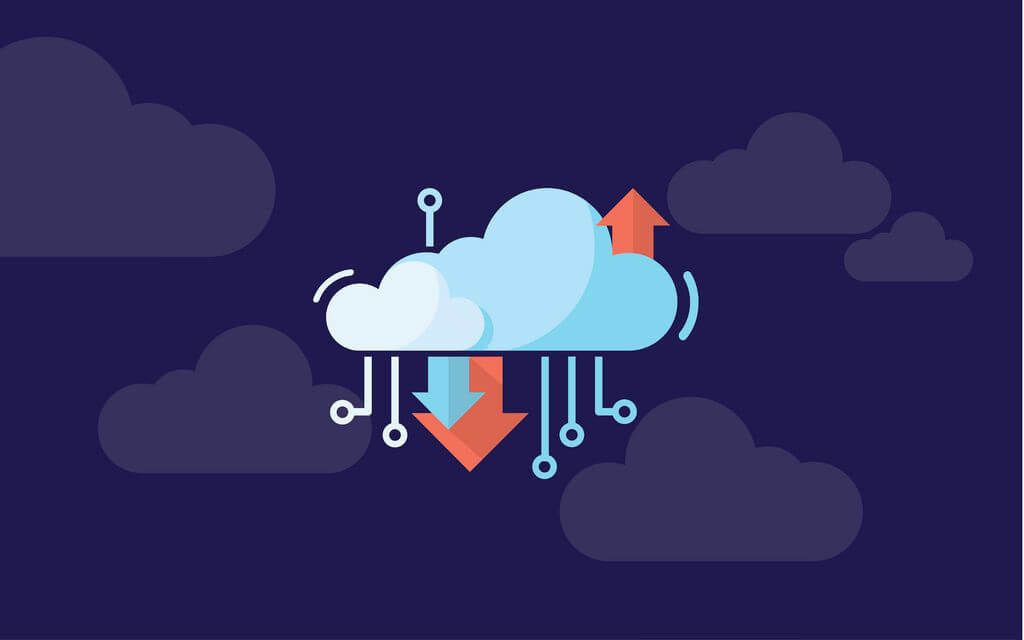Accounting has been around since the 1400s, when Luca Pacioli came up with double-entry recordkeeping, the basis for modern accounting. Not much has changed in the field of accounting, with respect to recording assets, liabilities, and equity. While modern-day securities weren’t around in the 1400s, they’ve been accounted for the same way since securities first came about several hundred years ago.
The field of accounting has several functions: auditing public companies to make sure their assertions are true; compiling personal and business tax returns; consulting others to ensure they have sufficient internal controls and a thorough grasp of accounting; bookkeeping, or keeping up with transactions within a business, including carrying out payroll – the list goes on seemingly endlessly. Further, these functions have been established for many years.
One aspect of accounting, however, has changed in recent years. But what?
The Use Of Software In Accounting
Software, ranging from basic Excel spreadsheets to inventory management systems, have helped accountants, bookkeepers, and business owners in their endeavors. Calculations are more likely to be correct, ledgers are hardly ever incomplete, and accountants and bookkeepers spend less time on their responsibilities, to name a few.
More recent technological developments have aided the field further than ever before, however.
Cloud Accounting Software
Most people have heard of “the cloud,” or cloud storage, but not everybody has a grasp on what it is. In a nutshell, gigantic data storage centers house tons of physical memory banks for holding information. Data from users’ computers and overarching networks are transmitted via an Internet connection to data warehouses.
The Importance Of Cloud Accounting
Prior to the advent of cloud-based accounting software, accountants were forced to carry physical documents or physical data storage devices, like flash drives. Further, if businesspeople wanted to access information, devices being used were required to download one or more programs to view, process, and transmit such information.
However, with cloud-based accounting software, there’s no need to carry thumb drives or an external hard drive, or download programs onto new devices to view data.
All that’s needed is to remember one’s login information to the cloud storage solution provider the accountant has contracted services from, visit their website – Internet access is required, although that’s generally not a problem, as wireless Internet connections are seemingly everywhere – and log in. All relevant, pertinent data is available at the whim of the accountant.

